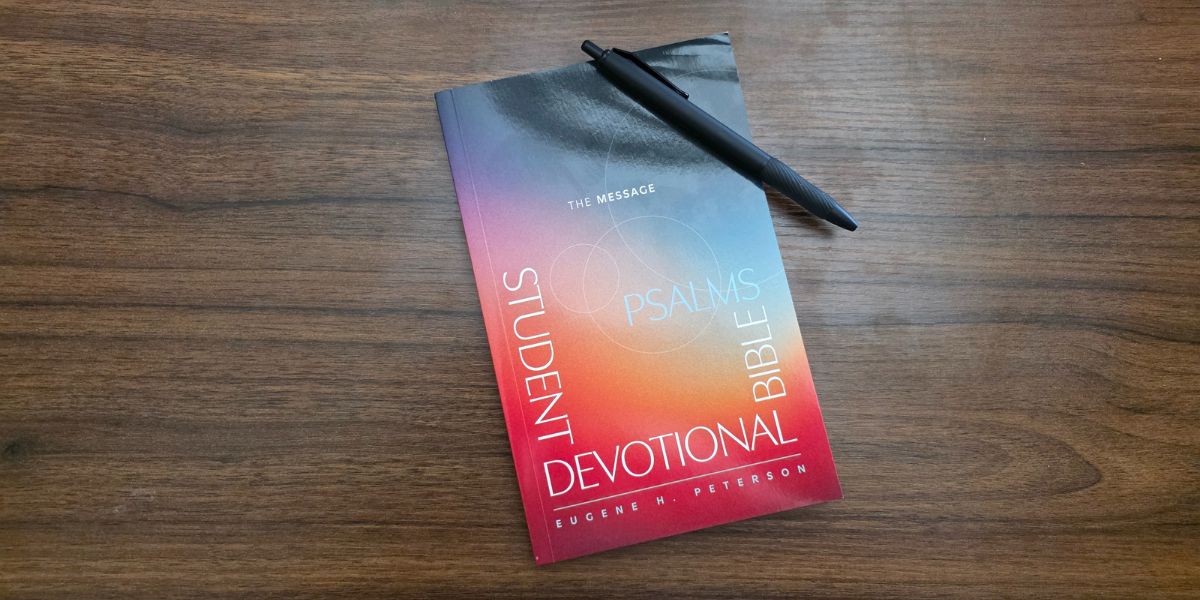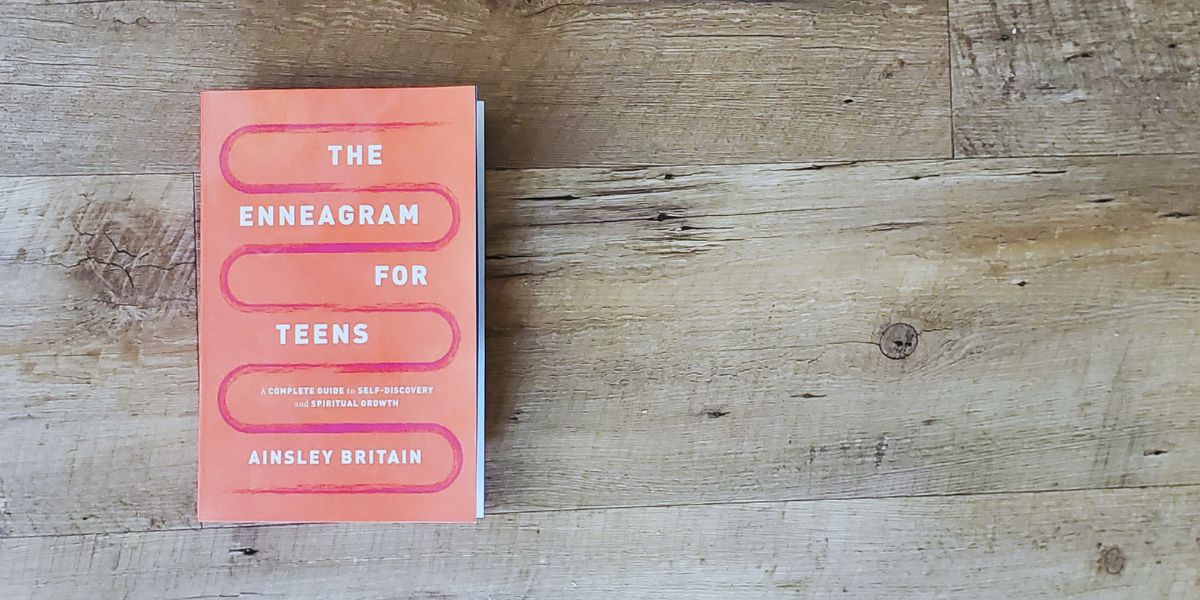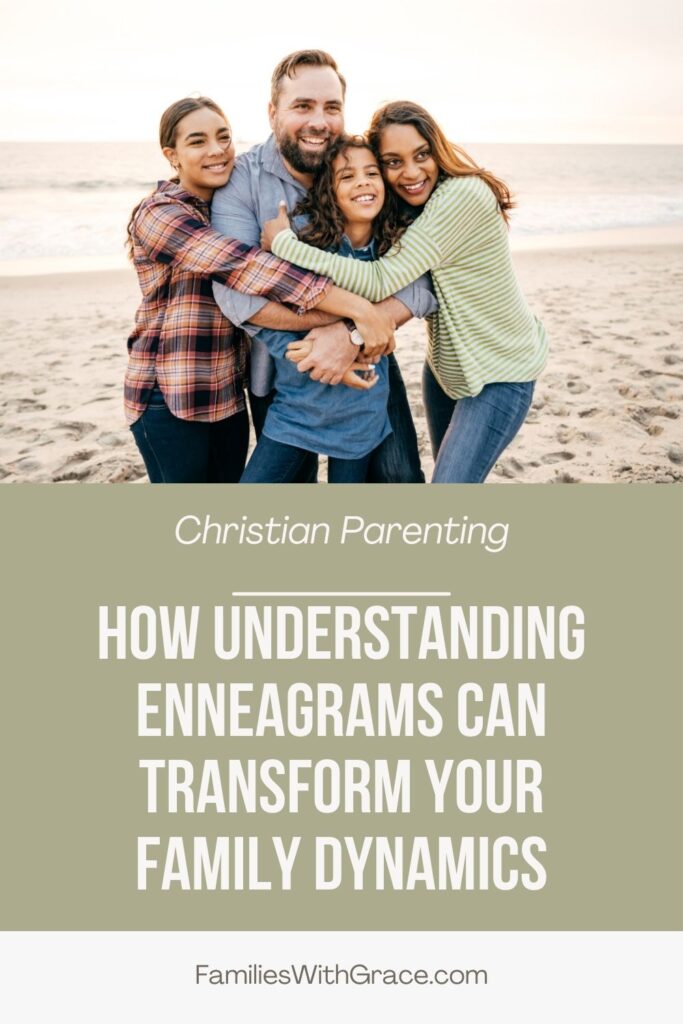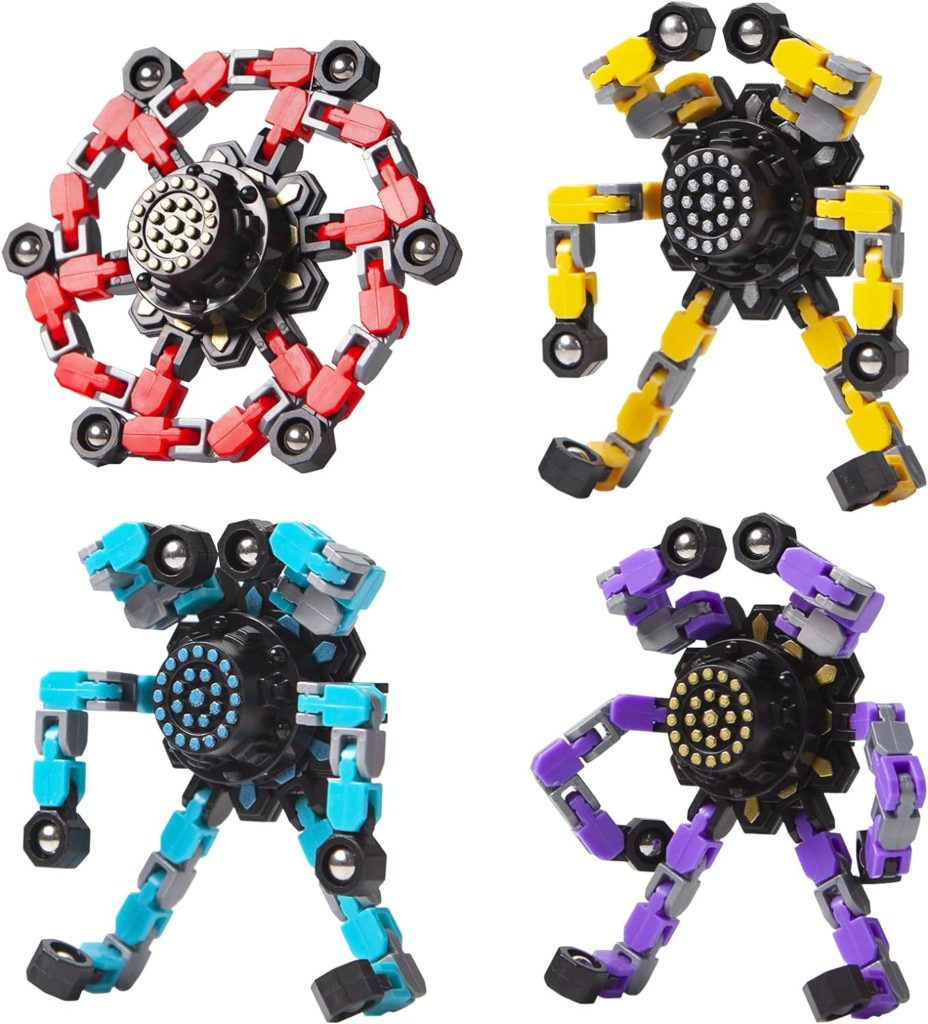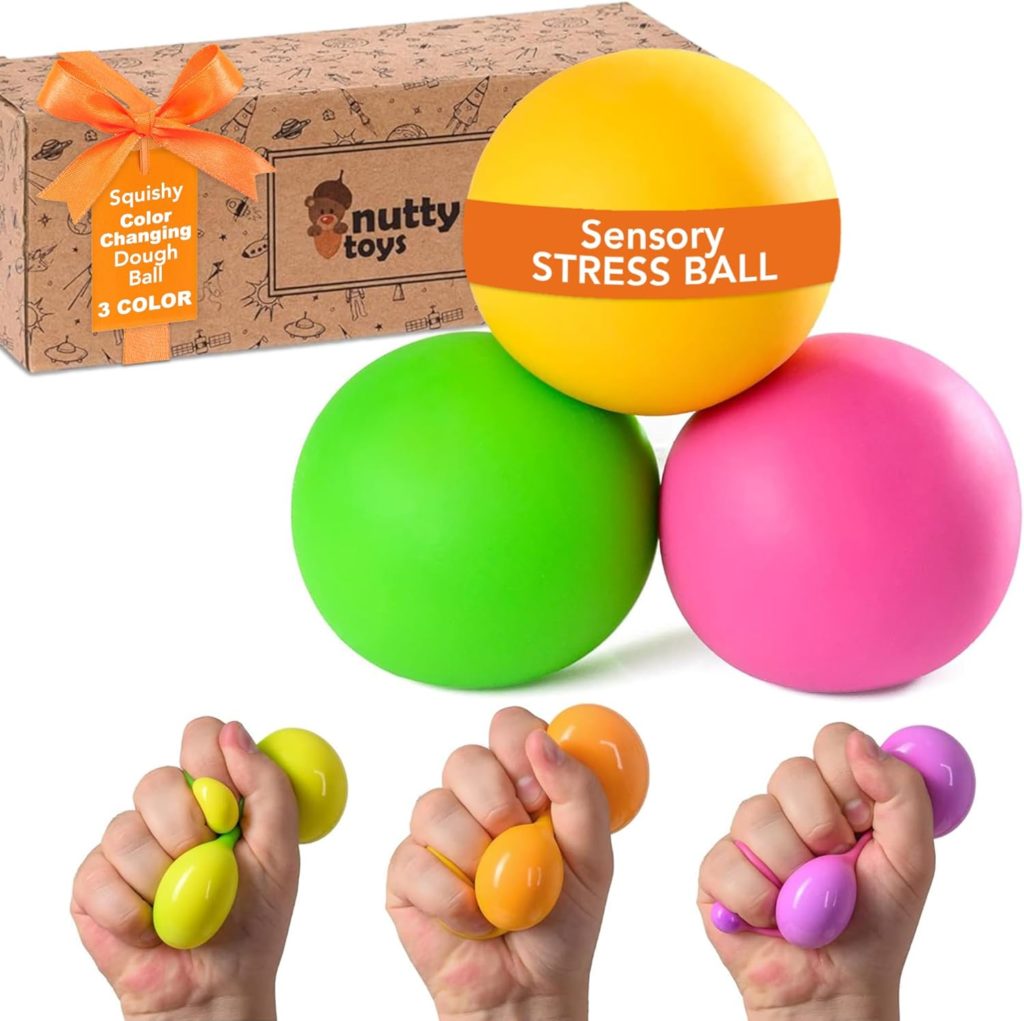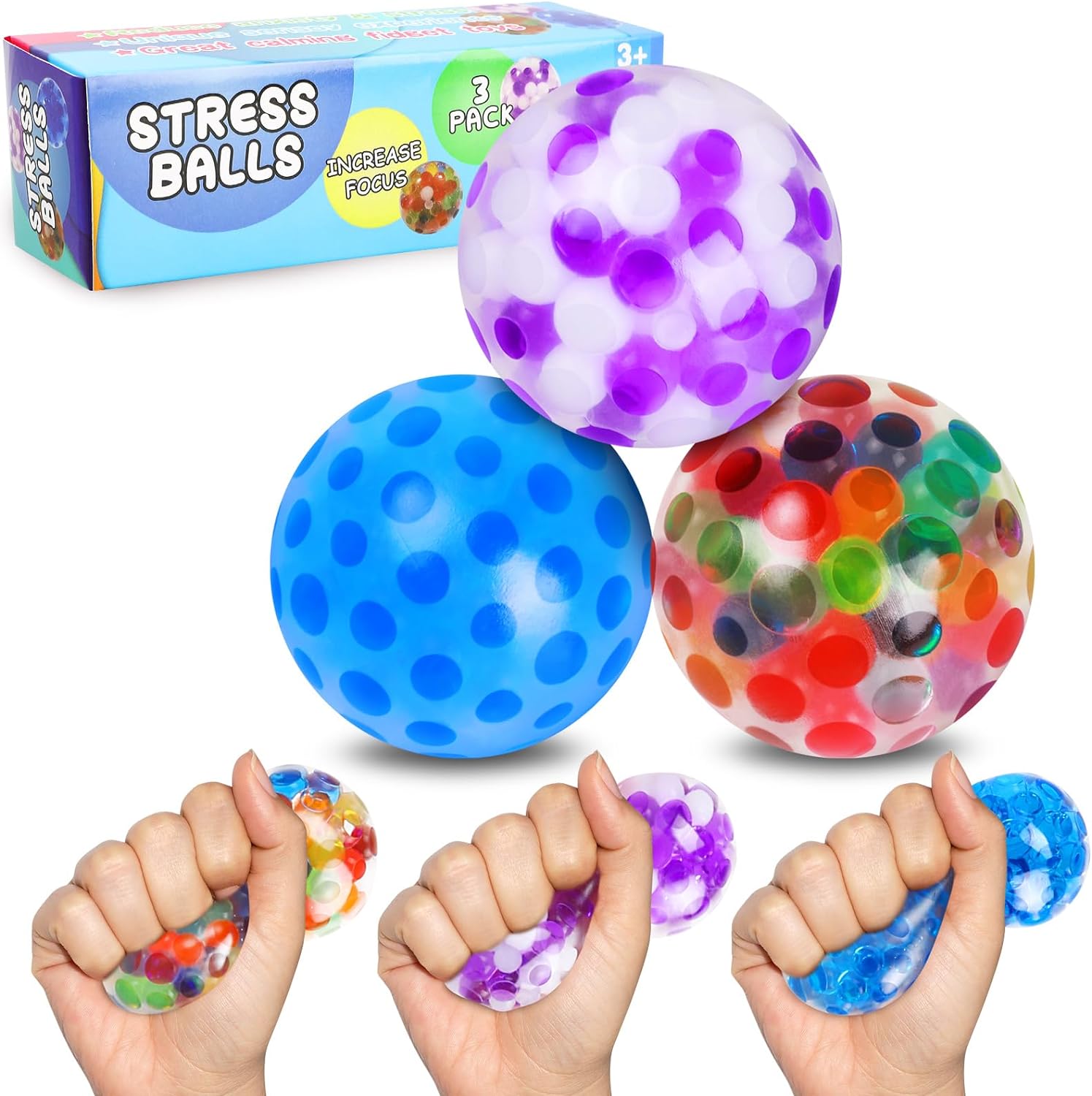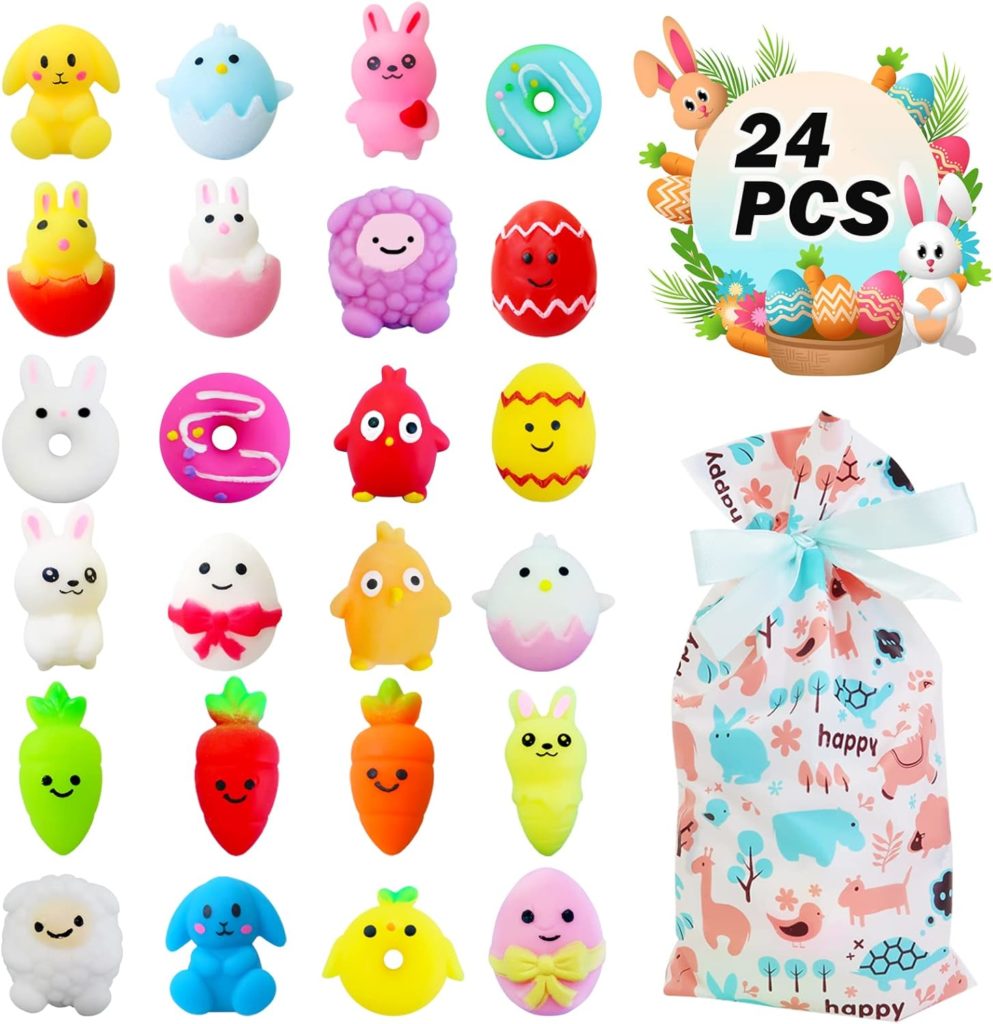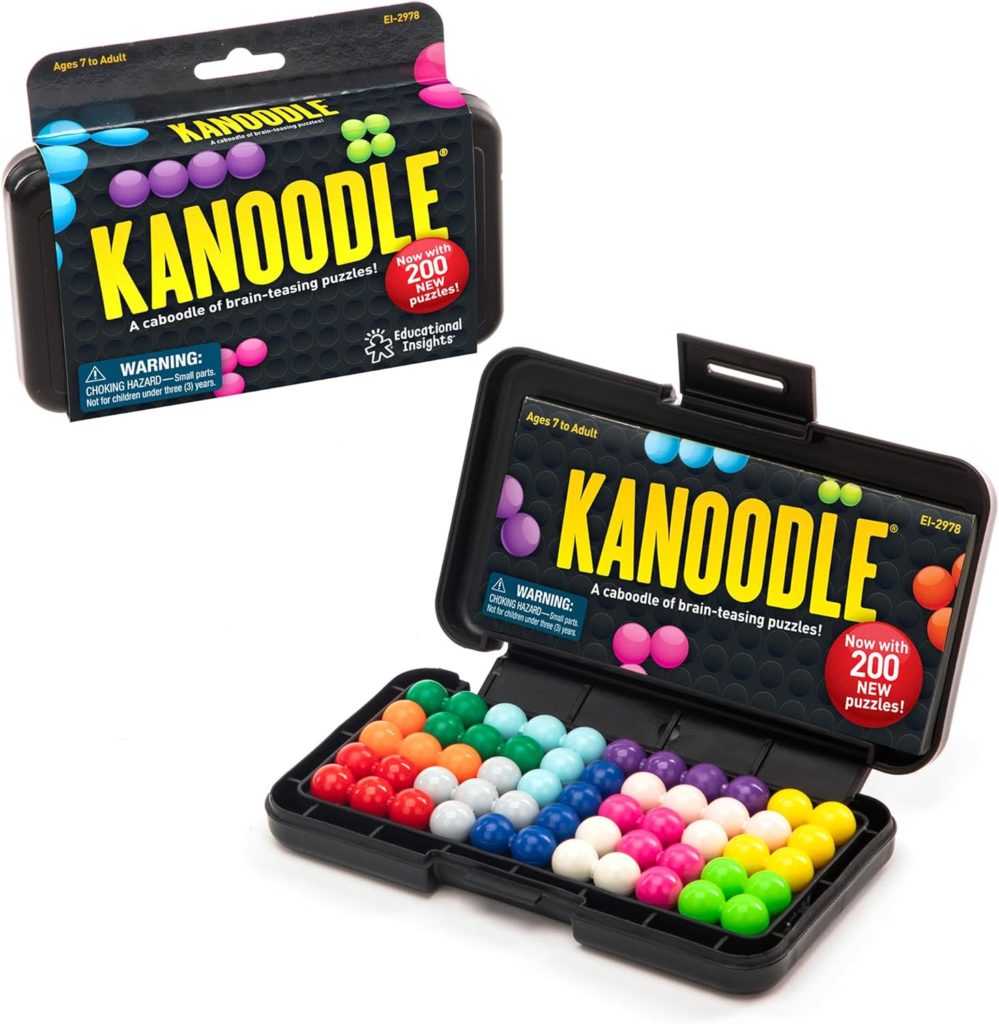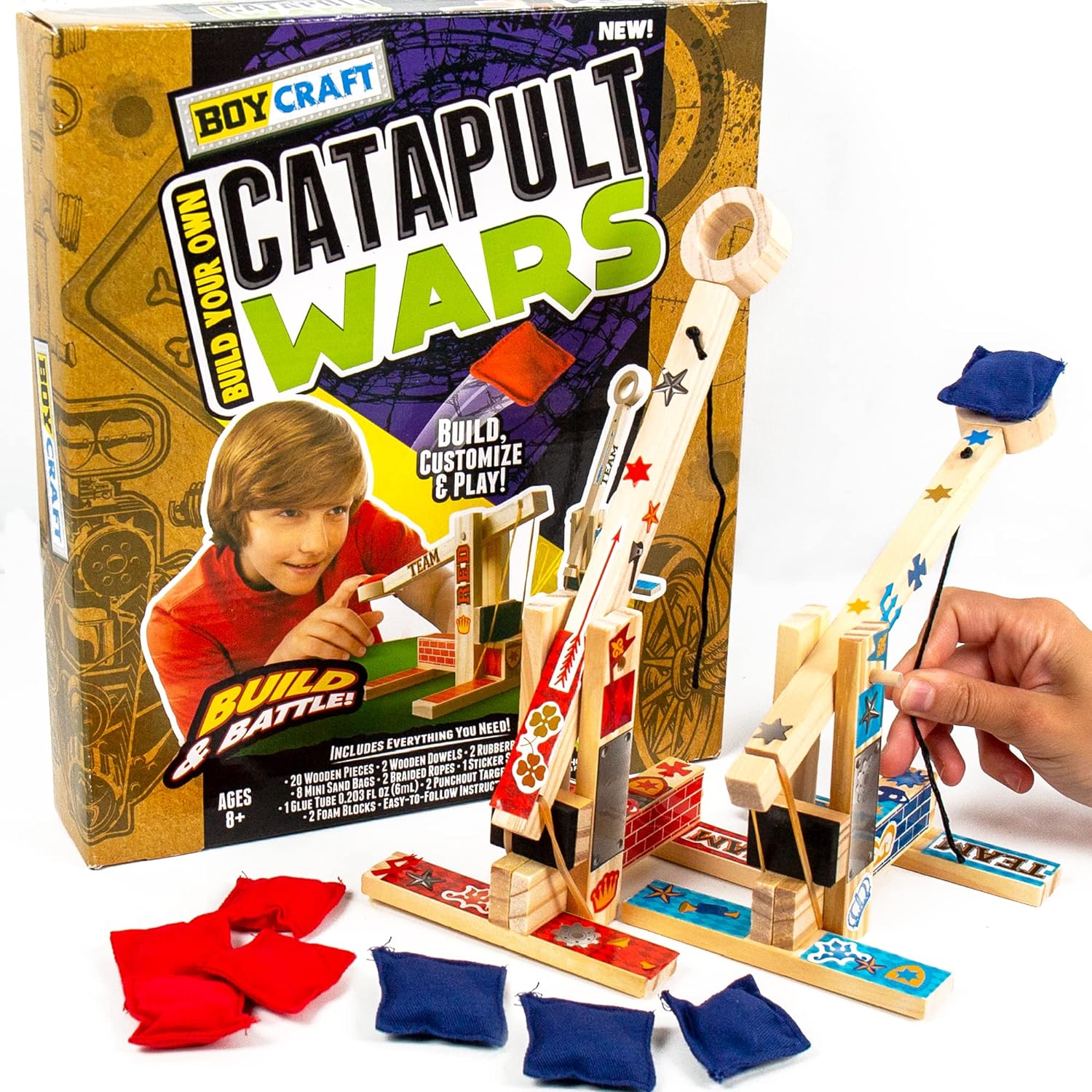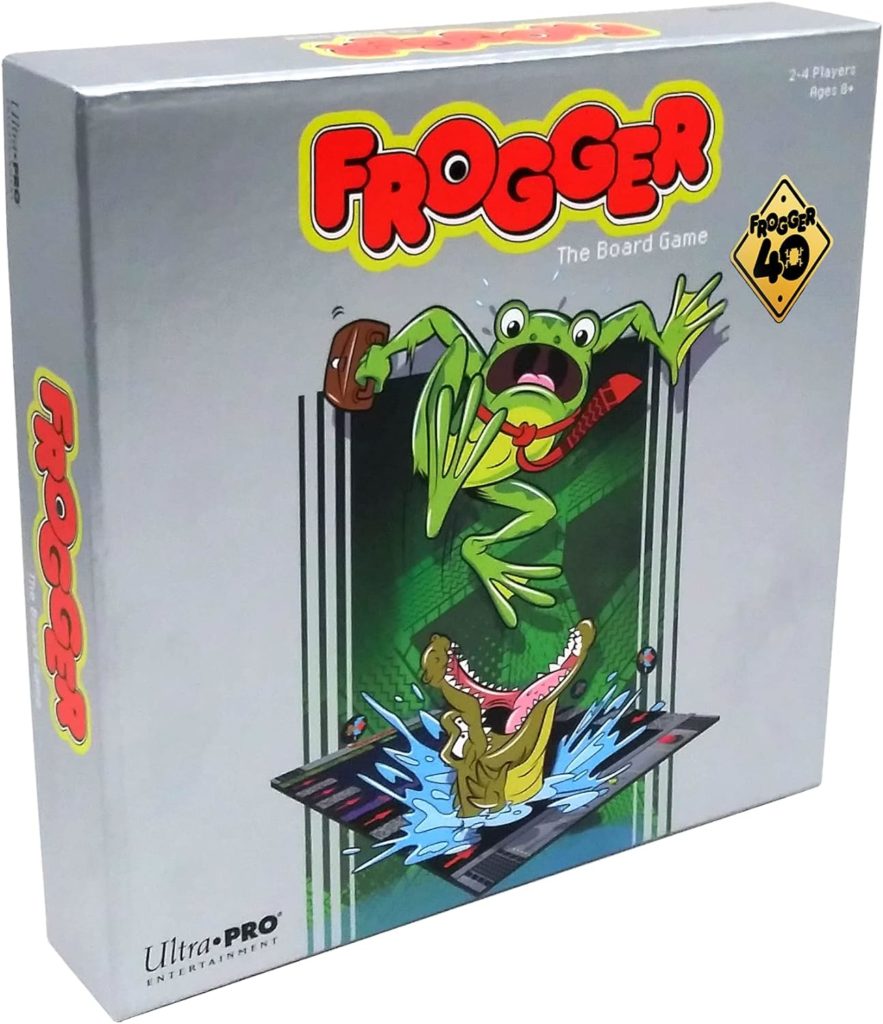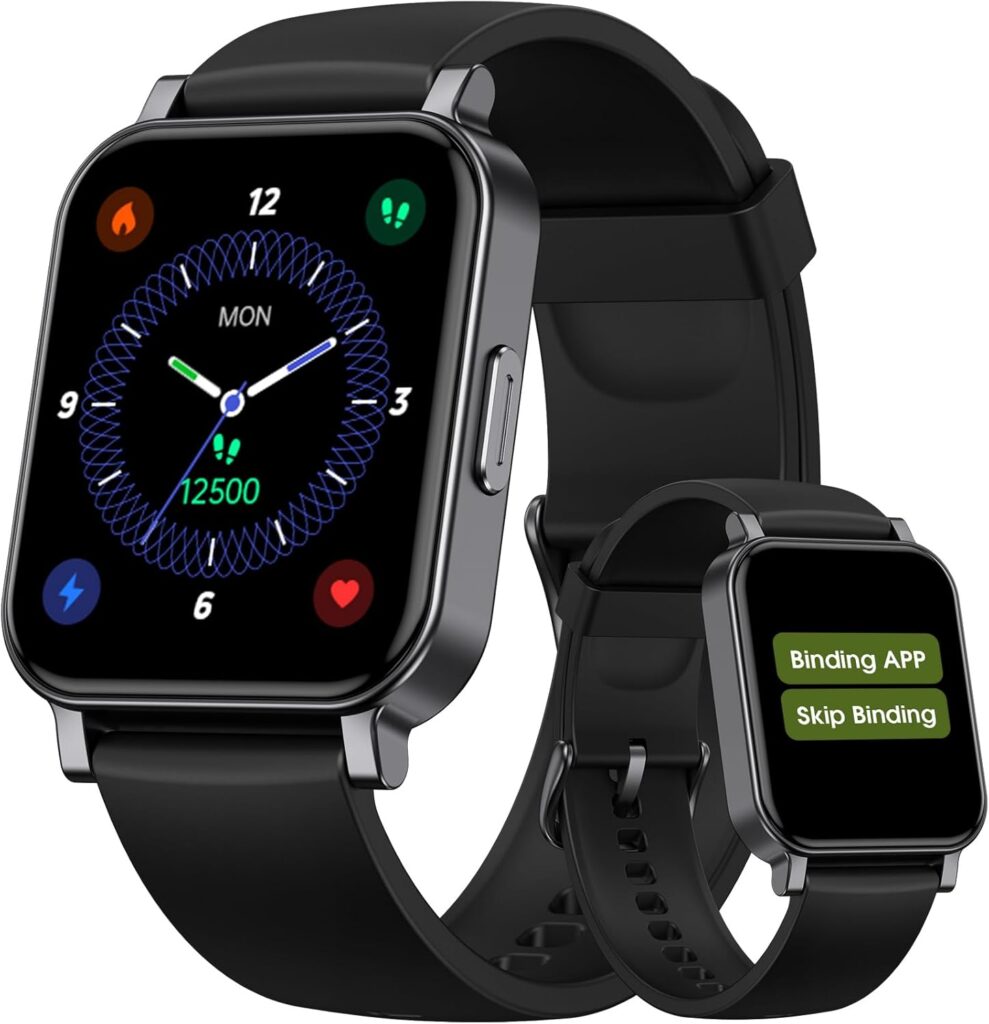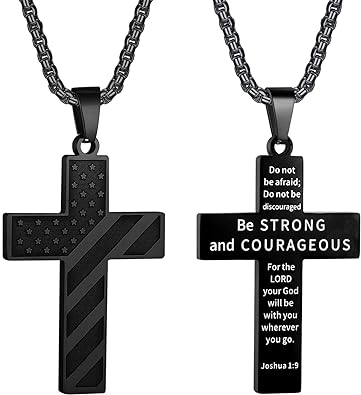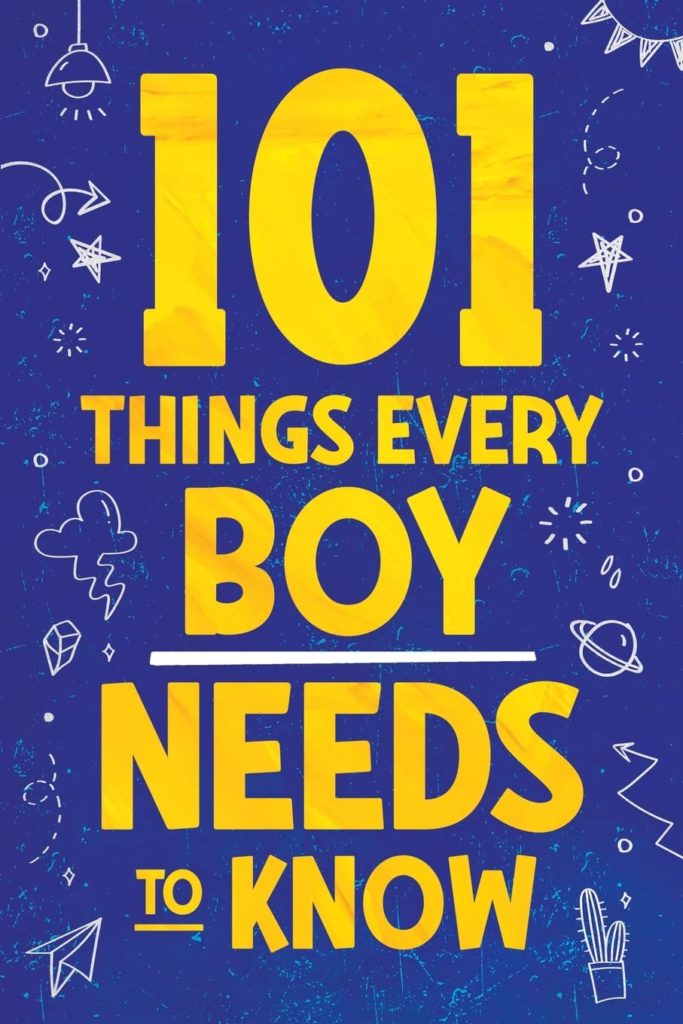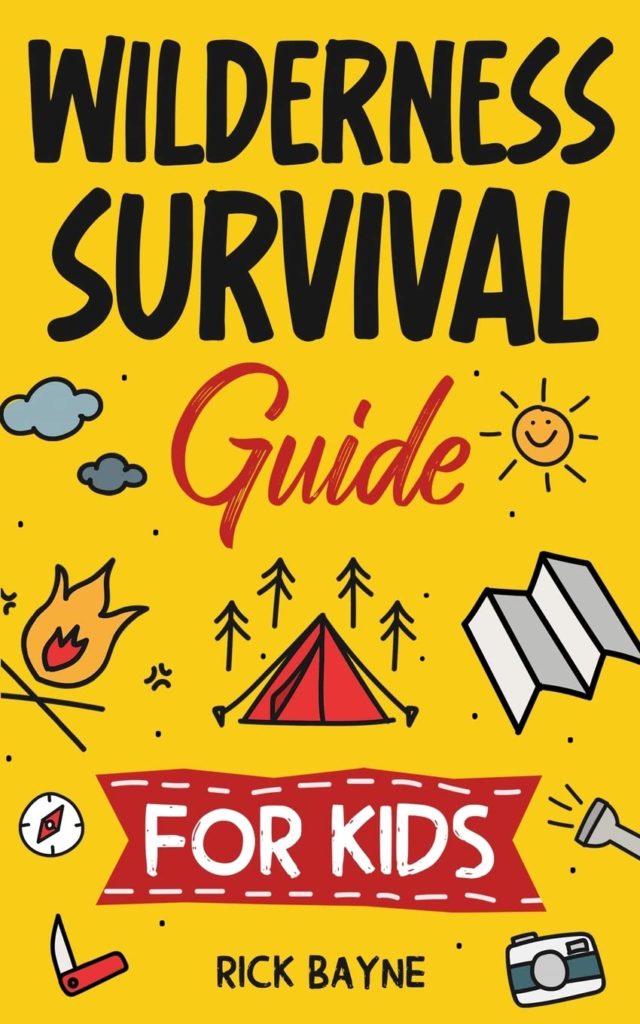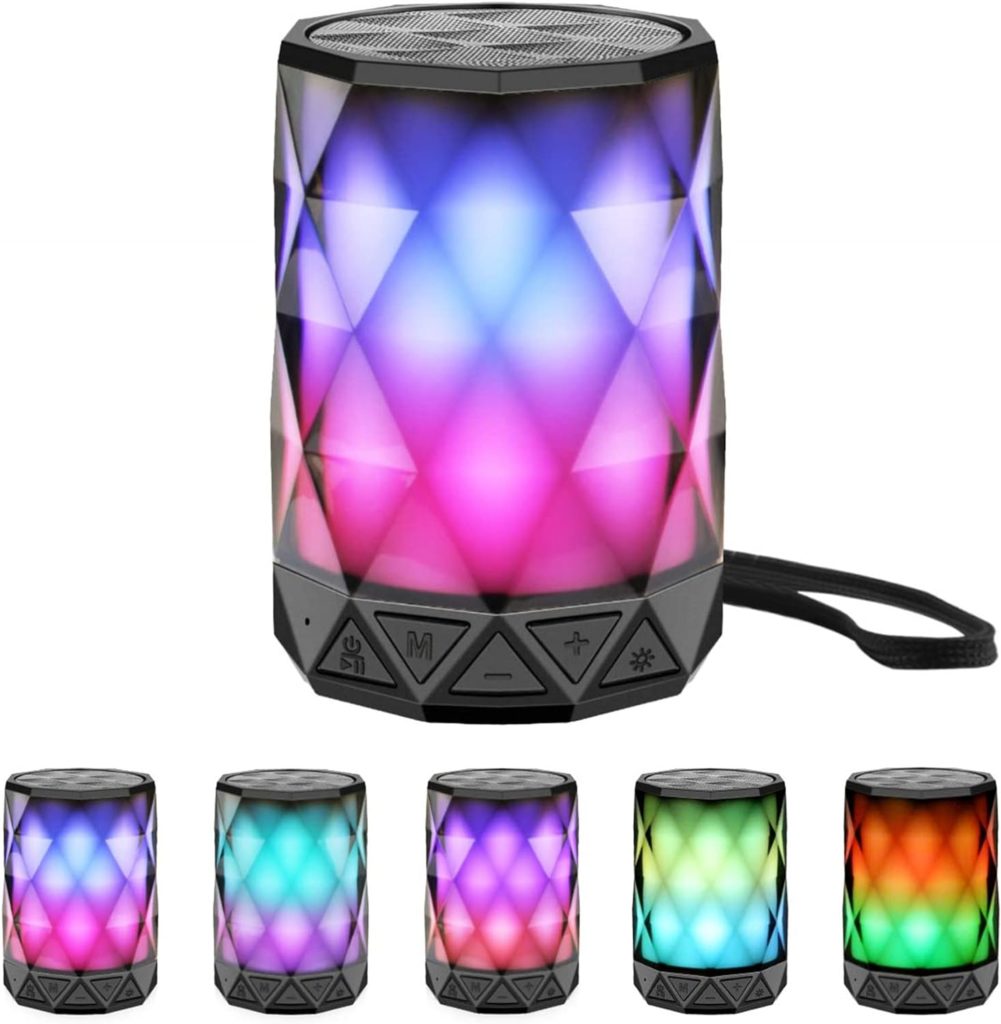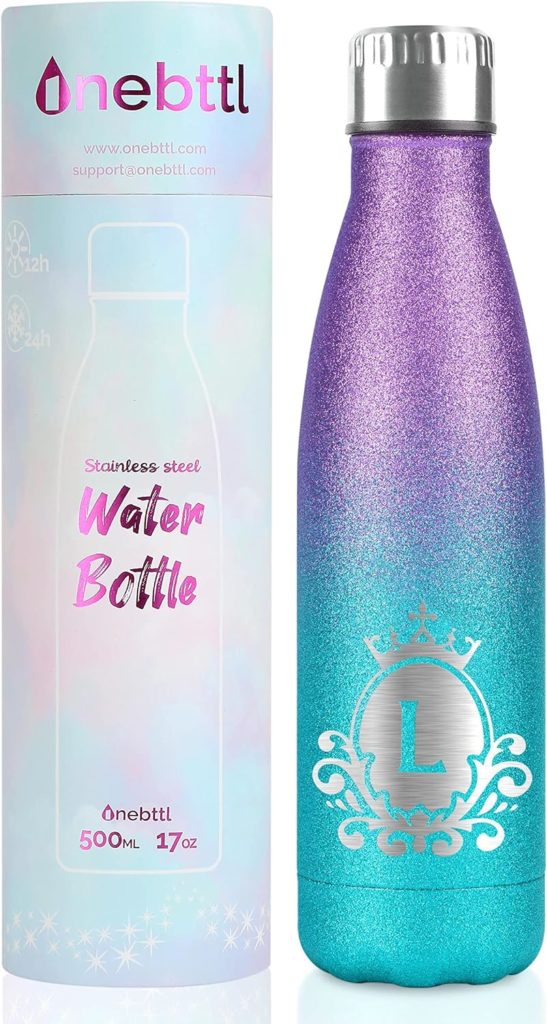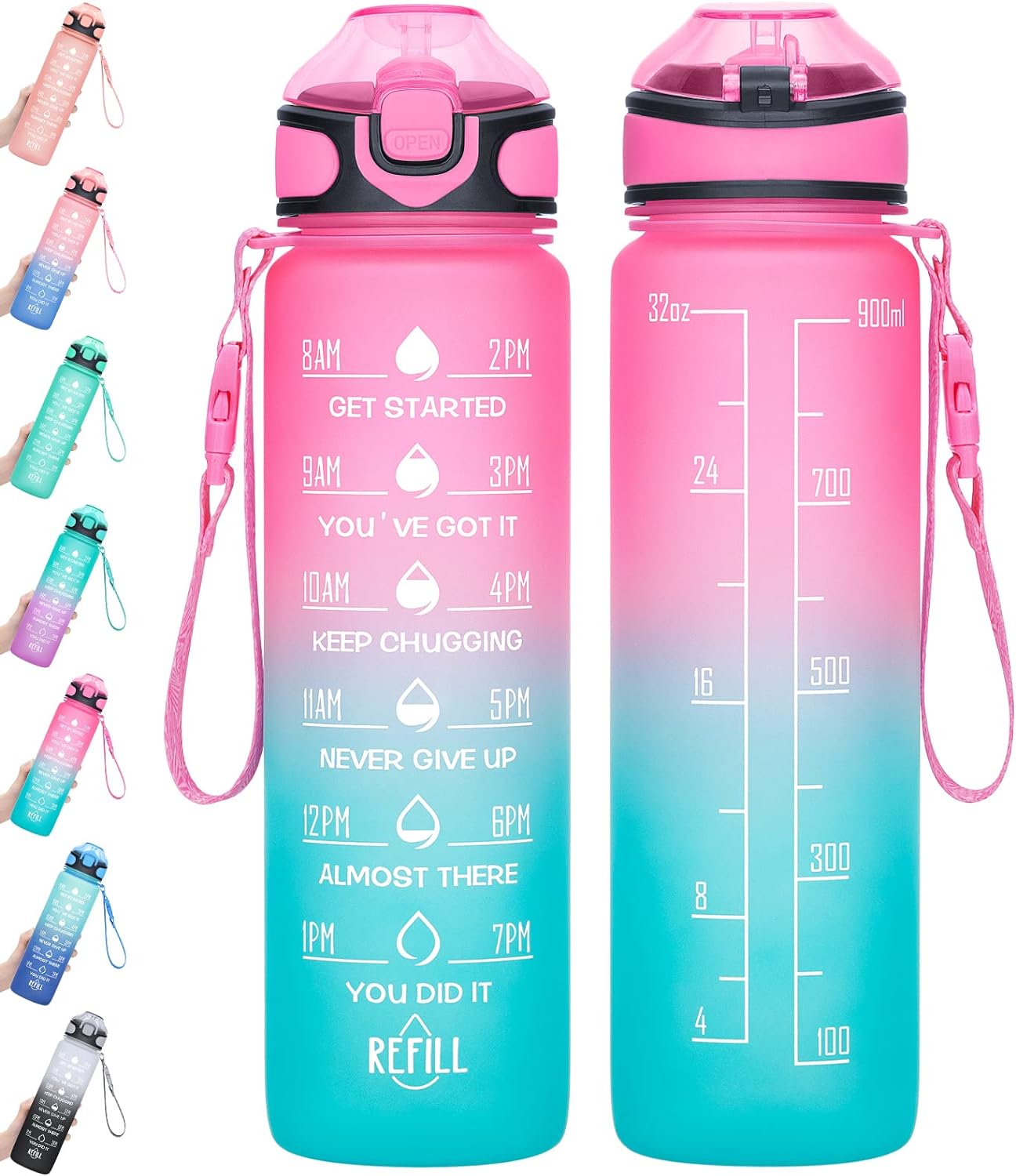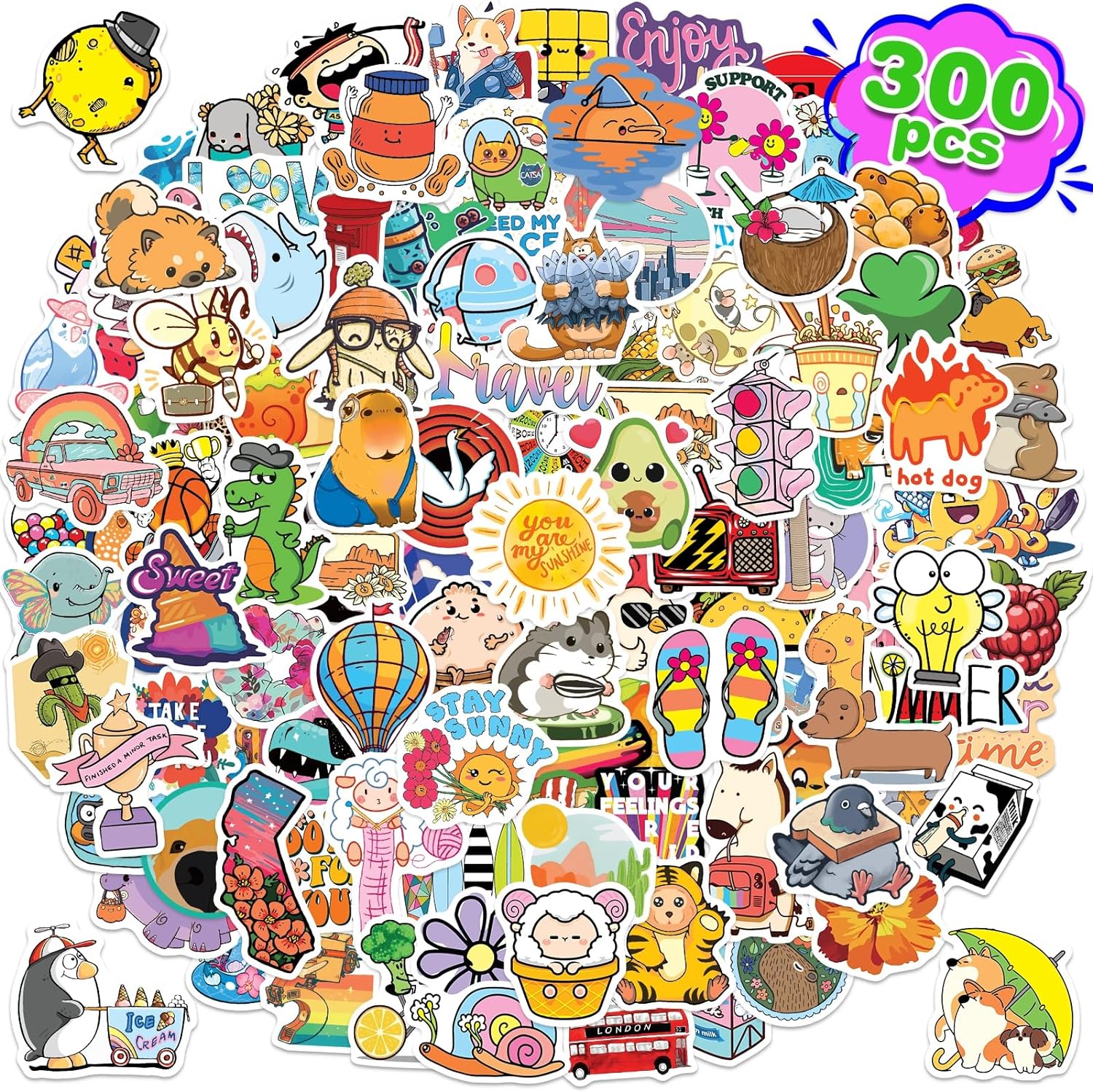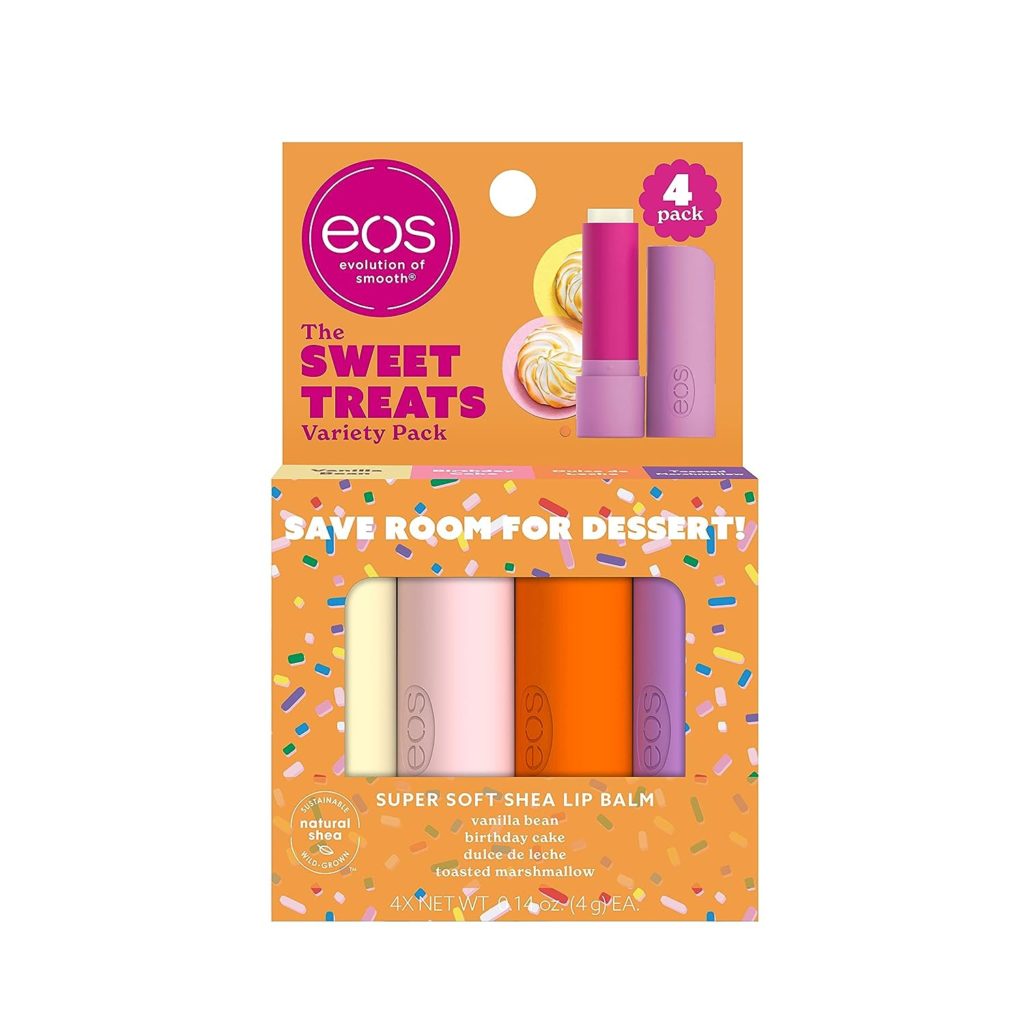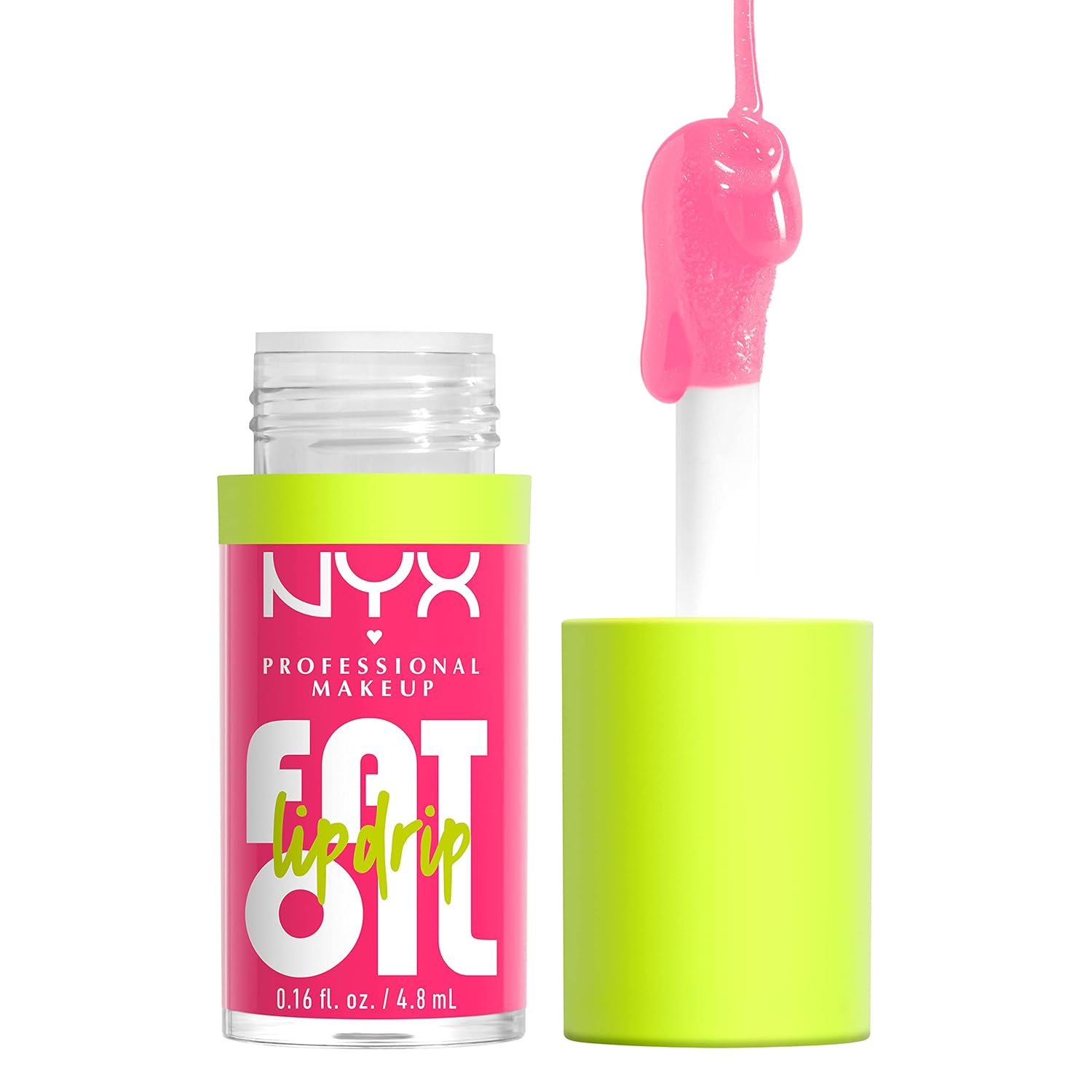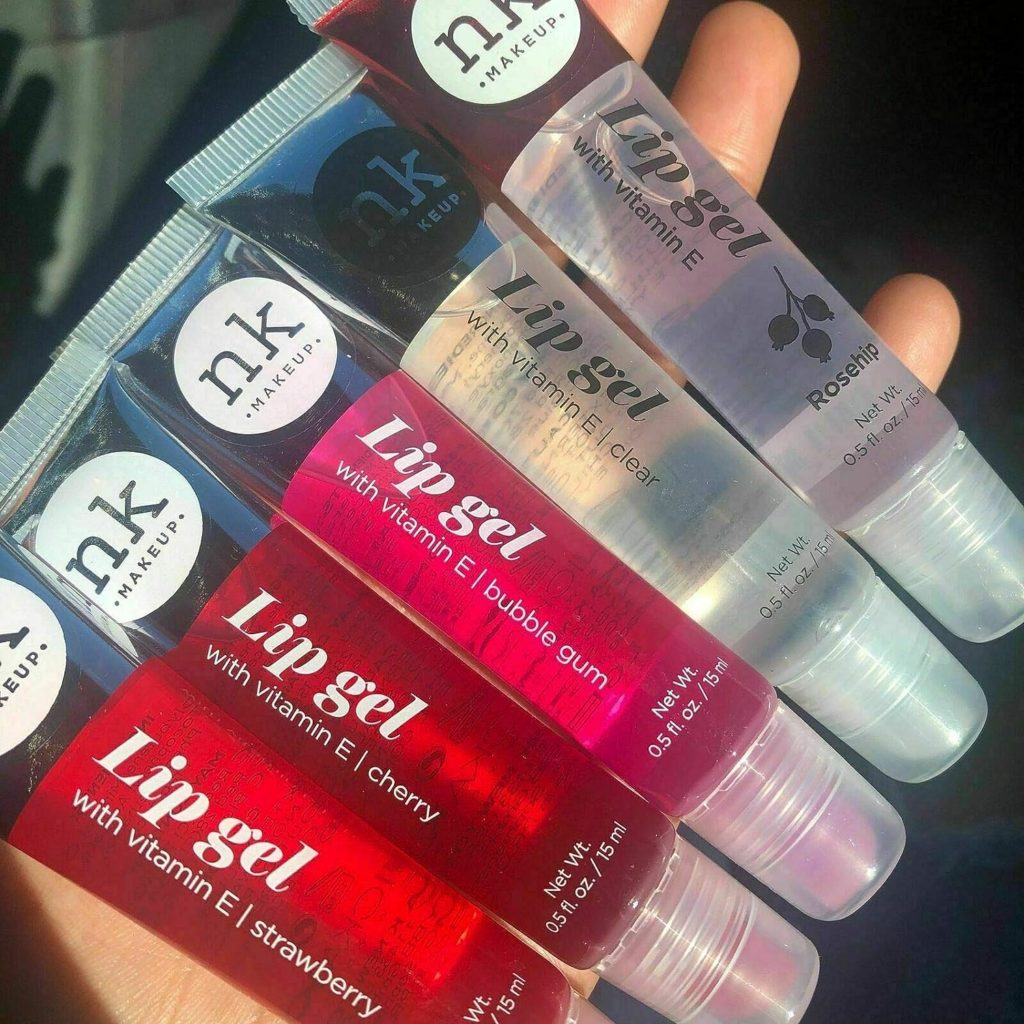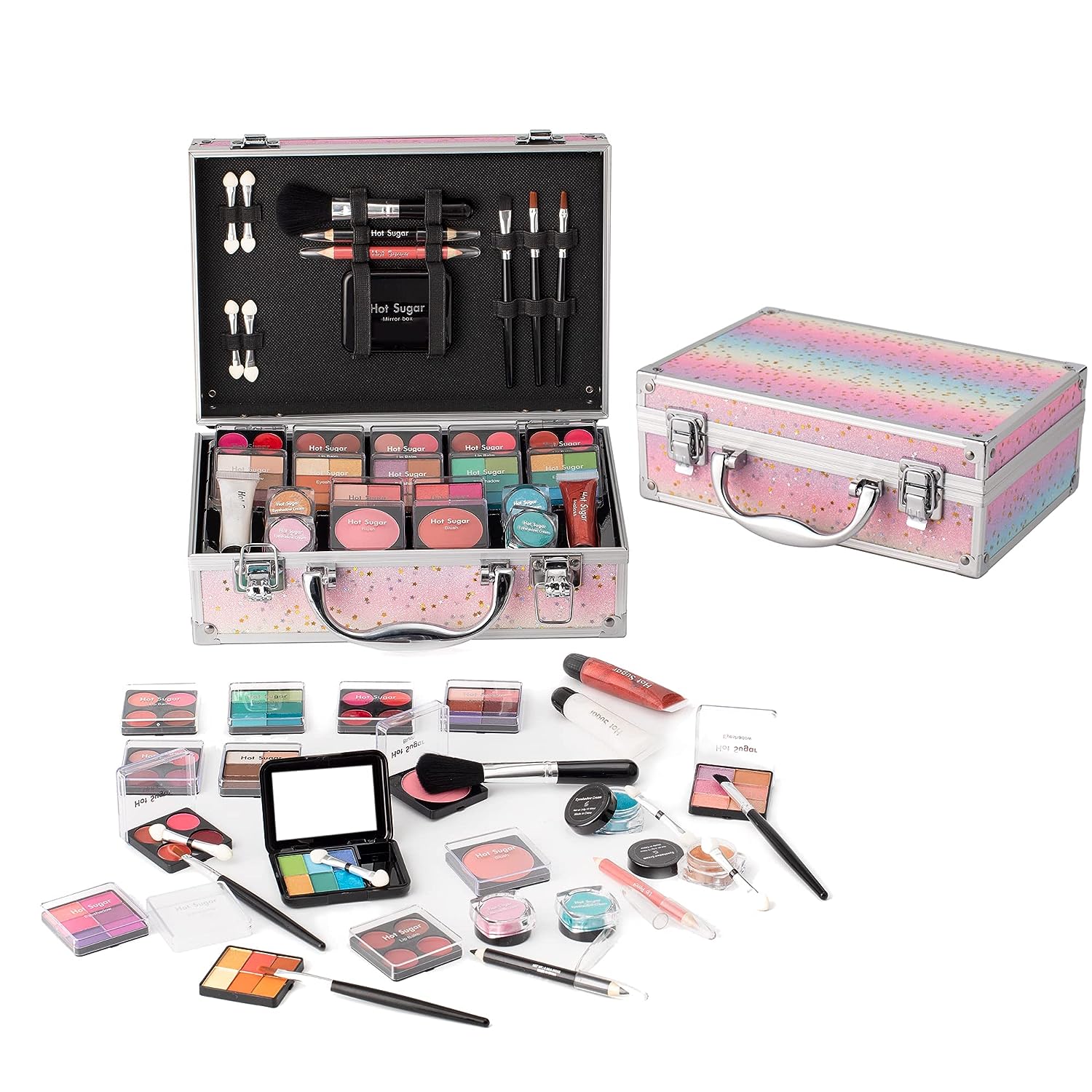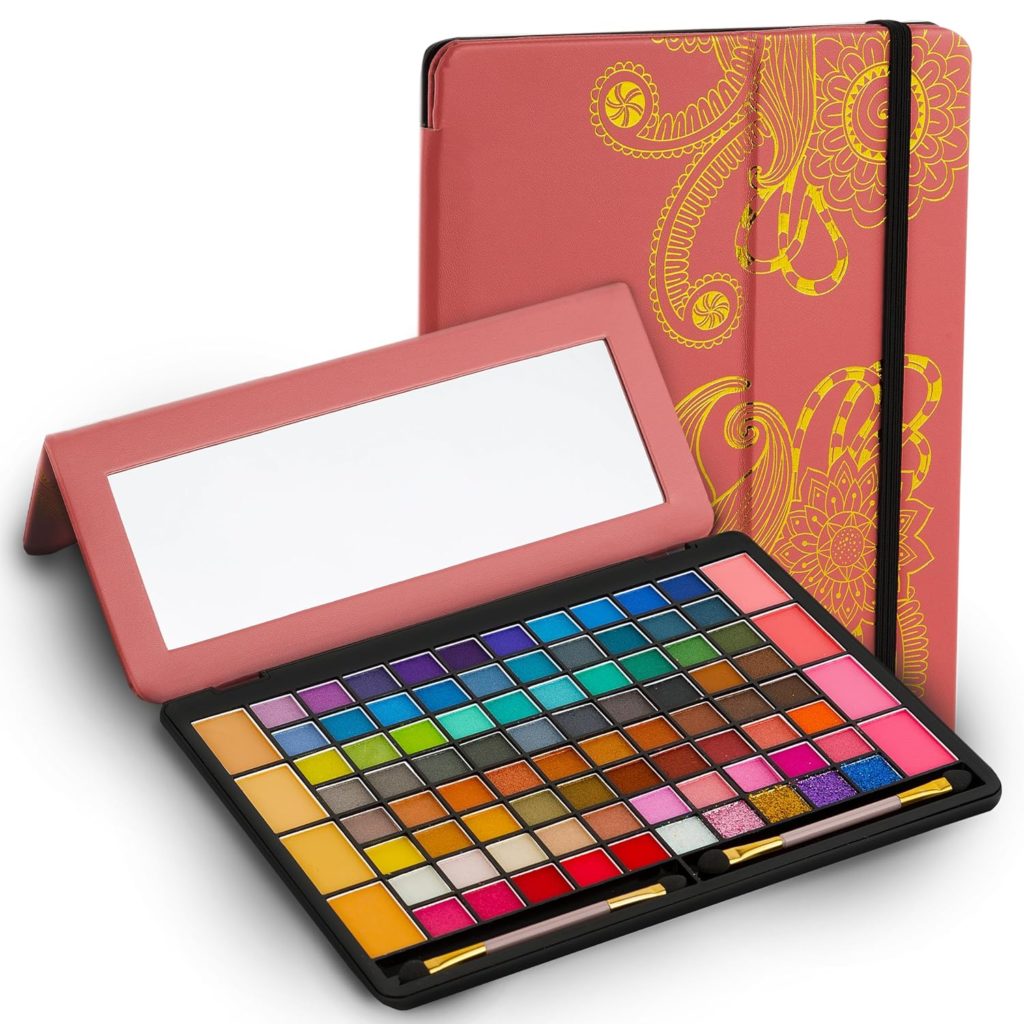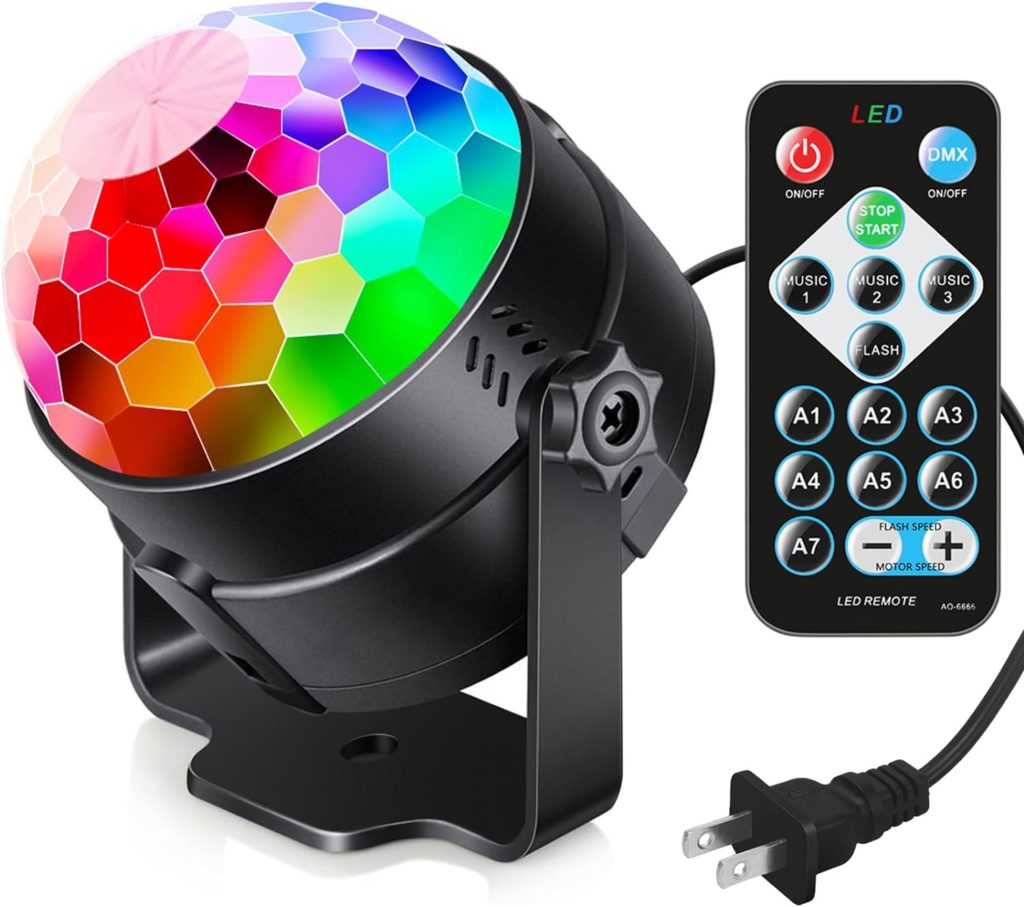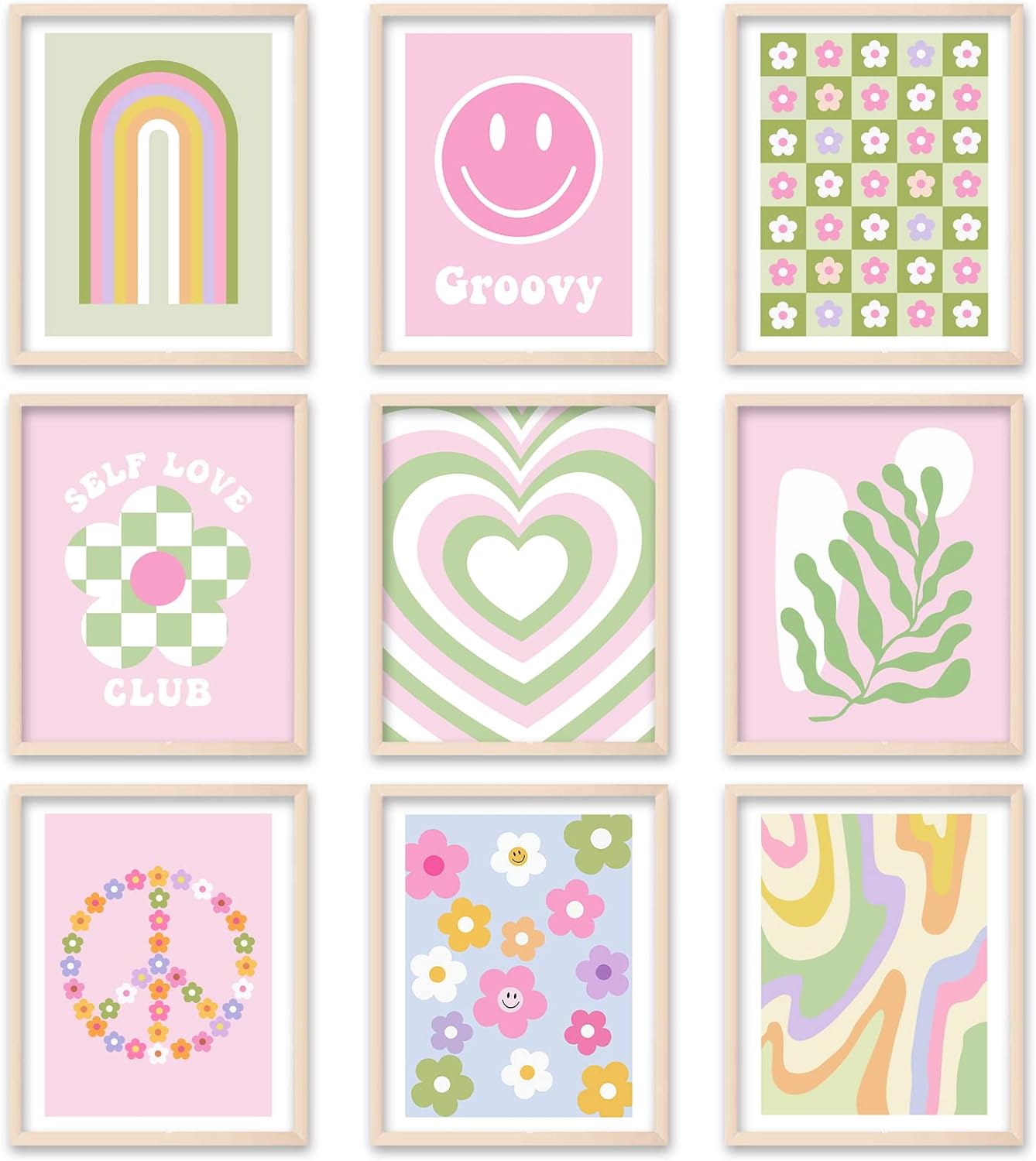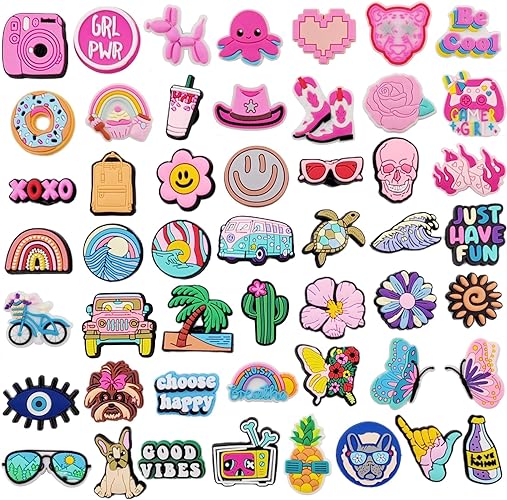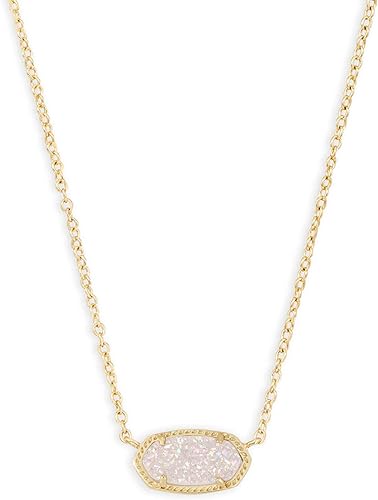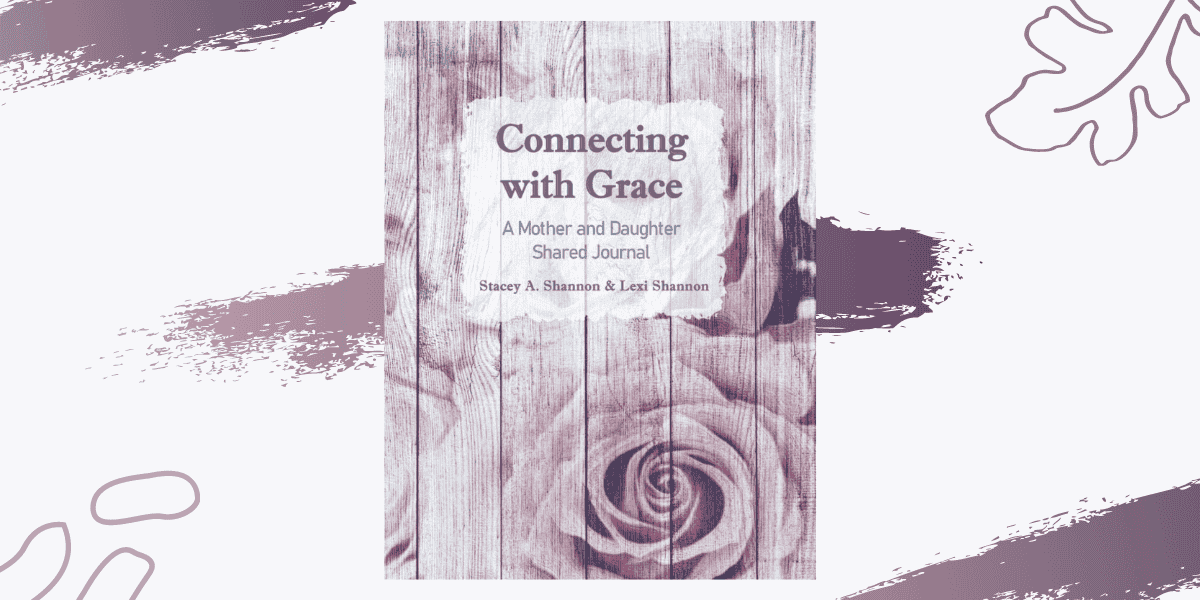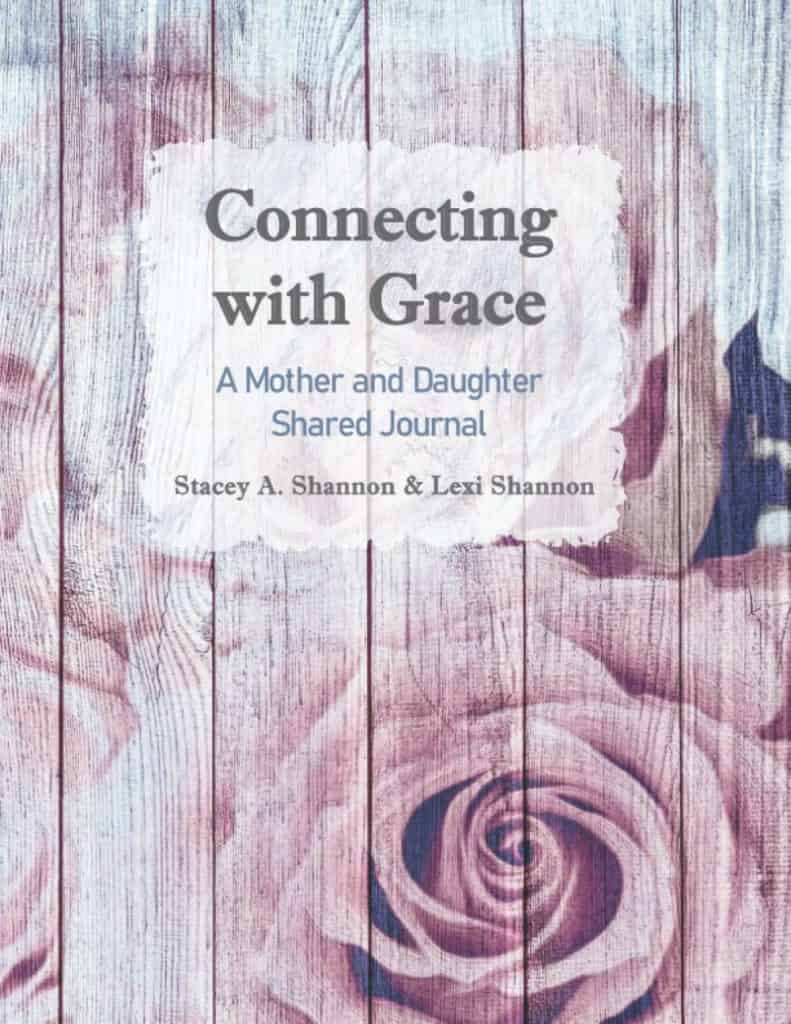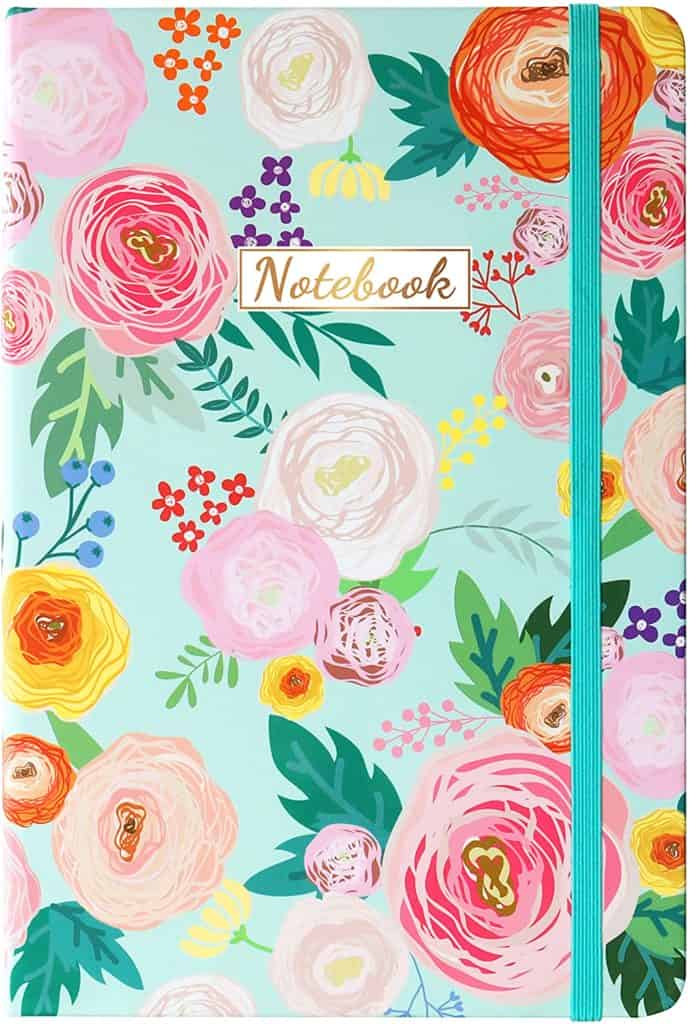The ultimate list of gifts teenage girls will love!
Just a few years back, I was buying baby dolls and accessories for my daughter. But now, she’s a young teen and coming up with Christmas idea for a 14-year-old girl can be challenging!
So I’ve put together a list of the best gift ideas for your favorite teen girl. Whether you’re buying her a Christmas gift, a birthday gift or any any time gift, these great gift ideas will make your life easier.
Affiliate links are used in this post, if you make a qualifying purchase via my link, I receive a small percentage of the sale at no additional cost to you. It helps support my blog, so thank you for your support! Read my full disclosure here.
Portable speakers
If the teen girl you’re buying is a music lover, portable speakers are a great pick. She can easily listen to her music anywhere. As a mom, I also love this idea for letting my 14-year-old enjoy music without her headphones in order to better protect her ears.
This Anker Soundcore Bluetooth speaker is a great option for a basic portable speaker.
For an even cooler portable speaker, check out this LFS Bluetooth speaker that changes through different colors with five different color-changing themes.
Another fun gift she can rock out to her favorite artists with is this Retro Bluetooth speaker that comes in five different color options.
One of the more unique presents for the music loving teen is this vinyl record player turntable with a built-in Bluetooth receiver. She can listen on vinyl and digitally depending on her mood!
Water bottles
I mean, honestly, this probably includes everyone in their teen years, but finding creative gifts that will also be practical can really help your 14-year-old girl life her best life.
First up is staying hydrated. In order to do that, she needs a good, sturdy water bottle. My daughter takes hers everywhere. And I do mean everywhere! Water bottles are one of the best Christmas gifts that you can pretty much guarantee will get used!
This stainless steel vacuum insulated Zenbo 40-ounce tumbler has a handle and comes in a variety of colors. Plus it’s dishwasher safe, comes with its own straw and is leakproof!
Right now Stanley tumblers are one of the latest trends for teen girls. They are a bit more costly than other tumblers, but getting her one in white just might make her Christmas even merrier.
(And I am adding this completely at the suggestion of my 14-year-old daughter, so you know it will be a hit!)
Anything that’s personalized is always a cool gift. This gorgeous water bottle with a screw-on lid lets you select the letter you want for your teen’s name.
A great idea to help your teen stay motivated to stay hydrated is a water bottle like this 32-ounce one that encourages her to sip throughout the day and meet her intake goals.
A great addition to any water bottle gift is a set of stickers to help her personalize her water bottle in a fun way. Even better, they are a price point that works well for most budgets. Check out this set of 300 water bottle stickers for teen girls:
Beauty products
Whether she likes to go with an all-natural look or is into adding some color, teen girls are going to be pretty pleased with beauty products. From skin care to makeup and beyond, these are some of the best gifts for 14-year-old girls.
(And, as a mom of a 14-year-old girl myself, I did pay attention for age appropriateness with these selections!)
Face masks
Face masks are a great way for teenagers to take care of their skin and relax at the same time. They are one of my daughter’s favorite things for taking care of herself and improve her mental health. Face masks are so relaxing and rejuvenating!
The Yes To Tomatoes detoxifying mud mask has been a favorite for my teen. It both takes care of her skin, including treating for acne, and relaxes her.
This Bioré instant warming clay mask includes four single-use packets to help your teen girl cleanse and soothe her skin.
Paper face masks also make it onto the wish list of most teen girls. What’s nice about paper masks is they aren’t as messy! This Yes To Blemish Fighting paper mask is designed to help with pimple and blackhead control.
This SpaLife Snow Buddies facial sheet mask 10-pack is a festive gift idea for your fave teen!
Body skin care
While face masks are great for facial skin, body skin care is just as important. And teen girls are usually all about what smells good. The teenage years are definitely the time when many girls start experimenting with different beauty products. And that makes beauty products one of the top gifts for teen girls!
Let’s start with body scrub. If you live in colder weather areas, especially, this is an excellent gift choice. Tree Hut shea sugar scrub is one of my 14-year-old’s top picks!
This Dove body scrub that is brown sugar and coconut also would work well.
Shower jelly is also a neat body skin care option, and this set of three Bella & Bear Tutti Frutti Shower jellies is pretty cool.
Bath bombs help moisturize skin in a relaxing way. The only thing better than relaxing in the tub with a bath bomb is doing so with a cute bath bomb like in this set of 6 bath bombs that look like sweet treats.
If baths aren’t her thing, then this set of 8 shower steamers aromatherapy from POPCHOSE is a good alternative.
Lip care
Another one of the best Christmas gifts for 14-year-old girls is definitely lip care. Not only is lip care something she’ll enjoy, but it’s also small enough to be a great stocking stuffer.
If you want to get lip balm that works well to soothe and moisturize her lips without adding color, this 4-pack of Burt’s Bee Lip Balm works well.
With a bit of flavor to them, this eos lip balm variety 4-pack comes in seven varieties of flavors including Sweet Treats, Chill Vibes, Minty Cool and Super Fruit.
My teen girl is especially into lip oil right now. This NYX lip oil is vegan, shiny and tinted. It’s available in clear and in colors. My daughter is a fan of sheer pink.
Rounding out lip care is an option that has bit of color to it. This set of five NK hydrating lip gels come in various flavors and colors. None of the colors are dark and add just a hint of color. Plus they are priced super well!
Makeup
While makeup might be a hot topic for young teen girls, I’m including it on the list. For my 14-year-old girl, a bit of makeup is allowed on regular school days. Having additional makeup to play around with on the weekends, for special occasions or when her friends are over is a fun option.
Makeup kits can be a great way to let your teen practice and experiment with makeup. If she’s at all interested in makeup, any one of these makeup kits would be ideal!
First up is this simple all-in-one makeup kit with six color varieties and options. This is a terrific kit for a teen just trying out makeup. It’s priced low, includes application tools and offers neutral colors.
For the teen girl itching to experiment with more makeup colors, this Hot Sugar makeup kit is a starter cosmetic set that comes in its own travel case. The case comes in four different colors.
A fun and colorful option is this set of 88 eyeshadow colors. It comes in a leather case with a mirror.
While a vanity mirror isn’t makeup, it certainly goes right along with makeup and a great Christmas gift for a 14-year-old girl. This lighted, portable vanity mirror has two, three and 10 times magnification.
Hair care
Another perfect gift for 14 year olds is hair care items. While she may be past the day of big hairbows, she’s certainly going to enjoy these sort of hair care items to pamper herself.
First up is claw clips. This set of 8 is a great choice for all hair types. With 14 different color sets and styles to pick from, you’re sure to find something she’ll like. My 14-year-old daughter picked these shades:
Teen girls with long hair will appreciate and use this 3-pack of microfiber hair towel turbans. Of course a regular towel works, but these hair ones are even easier to use which is a good reason to grab a set. There are nine different color combinations available.
For girls with wavy or curly hair, consider a hair straightener. This Remington Shine Therapy flat iron is argan oil and keratin infused to be easiest on her hair. It comes in both a 1- and 2-inch option.
Room decor
Teen girls get into making their personal space their own, so room decor can be great Christmas ideas for 14 year old girls. A few accents can make her room feel more special and personalized.
Lighting
You don’t have to replace the lighting fixture in her bedroom to embrace some different lighting. From twinkle to neon to strobe lights, light up her Christmas with one of these great gift ideas.
Kick twinkle lights up a notch with this 17-foot string of LED twinkle lights with 50 photo clips. The lights have eight modes and a remote control.
These light-up letters would be a great accent in a teen girl bedroom. Priced at less than $10, they’re a great gift idea that fits into any budget.
If a boho aesthetic is what your teen girl loves, this light-up hanging photo display comes in nine color options and would be great in her room. It includes 30 wood clips for her to personalize it with her own photos.
The neon heart light is super fun and comes in four different colors.
Strip lights are ideal for stringing along the ceiling and in corners. This 100-foot strand of strip lights syncs with music, has a remote and 28 modes. It’s available in other lengths as well.
For an option to light up the room without hanging anything, this sound activated disco ball strobe light fits the bill. It has seven modes and a remote control.
Cozy space
Anything that makes her space more cozy is a great Christmas gift idea for a 14-year-old girl. Give her somewhere she can snuggle up with a good book or gab session with her friends, and she’ll be happy.
(If you’re looking for a good book option to include with any of these gifts, my teen girl recommends “The Complete Summer I Turned Pretty Trilogy Boxed Set.”)
This set of six throw pillows comes in a pink and green option to bring color and coziness to her bedroom.
Another throw pillow option is this flower pillow. It comes in two sizes and six different color options to match the color of her room.
A cozy, fluffy rug works well for most teen girl rooms, whether the room is carpeted or not. This round fluffy rug has rubber backing, comes in three sizes and 15 color choices for less than $30.
Nothing says cozy more than a soft, fleece blanket. Available in 15 colors and designs, this 50 x 60-inch throw for less than $20 is an excellent option.
Toys aren’t going to show up on a wish list for a 14-year-old girl, but Squishmallows have their own special cool factor. They are great for snuggling up with. My teen daughter has a few that she keeps on her bed and often moves around the house with her.
Wall art
Changing out the wall art in a room can give the space a whole new look without taking lots of money or time. Wall art is a great gift idea for teen girls. Find something she likes and go for it.
Get inspirational with this set of three wall art panels that say, “You are loved. You are beautiful. You are enough.” That’s a message teen girls need daily! It’s available in three sizes and three color options.
Though they don’t come framed, this set of 6 sage green art prints would look great in any girl’s room.
Another set of unframed prints is this set of nine retro prints that are 8 x 10 inches. They are so cute!
This three-panel set of pink Matisse artwork is incredibly feminine and works for 14-year-olds girls. The images are 12 x 16 inches that are wrapped on canvas and ready to hang.
A current trend is making collages of artwork. This set of 50 4×6 images is available in 10 different color palettes to match any room decor.
And I can’t make a list of Christmas gift ideas for 14-year-old girls and not include Taylor Swift. This set of six album cover posters that have Taylor’s signature on them would make any Swiftie happy. And at under $20, they’ll make your wallet happy as well!
Shoes and accessories
Rounding out our list of Christmas ideas for 14-year-old girls has to be shoes and accessories. Clothes shopping is tricky for multiple reasons from sizes to styles. But, there are a few basic shoe choices most teen girls would love. And accessories are always a great Christmas or birthday gift. Many of them also work well for stocking stuffers since they are small!
Shoes
First up is classic white platform Crocs. Go for the lined choice to get her through colder weather months. While they come in other colors, white is certainly the latest fad for teen girls.
A great add-on for the Crocs is a set of shoe decoration charms. This set of 50 has all sorts of options she can use to make her shoes her own. There is a second set of 50 and a cheaper set of 30 shoe charms available as well.
Keep her tootsies warm with these fuzzy slippers. They are indoor-outdoor shoes available in six color options. My daughter picked tan as a favorite for teen girls, but you know your teen best!
Accessories
Bracelets are a great accessory for teen girls. For the Taylor Swift fans, this 11-piece set of album-inspired friendship bracelets would be a fabulous Christmas gift.
With a variety of different color options, these sets of 12 stackable bracelets with five different color options are also a fun choice for teen girls.
Necklaces are also a great gift for teen girls. These 12-piece necklace sets are available with four different options and will give her something to wear every day.
Both my 14-year-old daughter and my 16-year-old niece are big fans of Kendra Scott necklaces. My daughter got the one below for her birthday in October and is in love with it. The necklace is 14k gold plated and available in 87 color options!
Finally, she’s got to have something to carry all her things in and mini backpacks are not only trendy but a great option.
My daughter has one she carries and loves. The one we got for her is no longer available, but it’s a lot like the Hayner mini backpack set below. This option is nice because it includes the mini backpack, shoulder bag and wallet. It’s available in 10 different colors.
Mini backpacks can also be a great way to showcase her fandoms. The Harry Potter mini backpack is pretty cool. And I personally have — and love, love, love! — the Disney Loungefly Beauty and the Beast mini backpack.
Don’t miss these other helpful Christmas gift lists:
The best Christmas gift ideas for mom friends
Funny gift ideas for co-workers: 25 clean gag gifts
Christmas gift ideas for people who are hard to shop for
15 Christmas gifts under $25 for almost everyone on your list
30+ of the best white elephant Christmas gift ideas under $20



